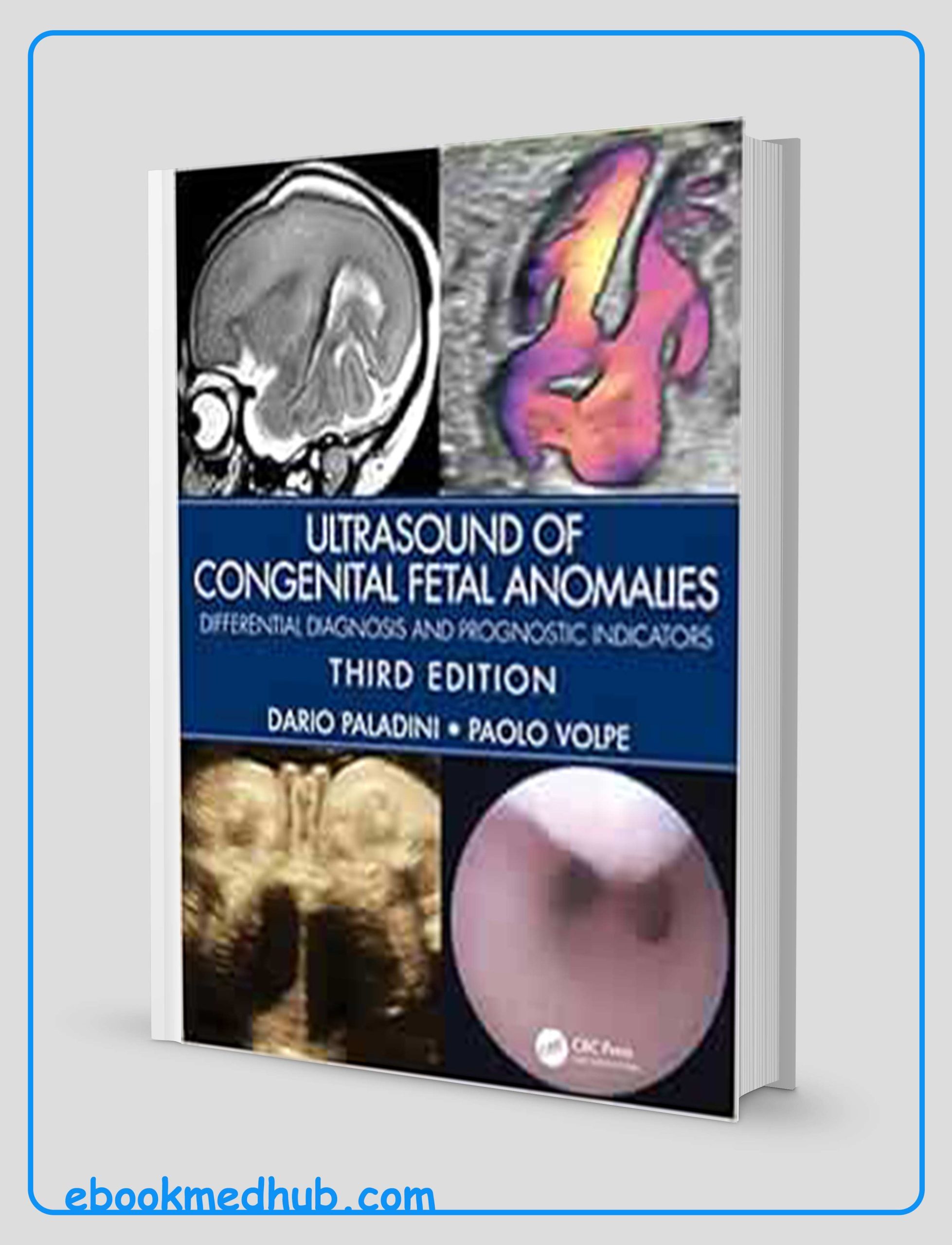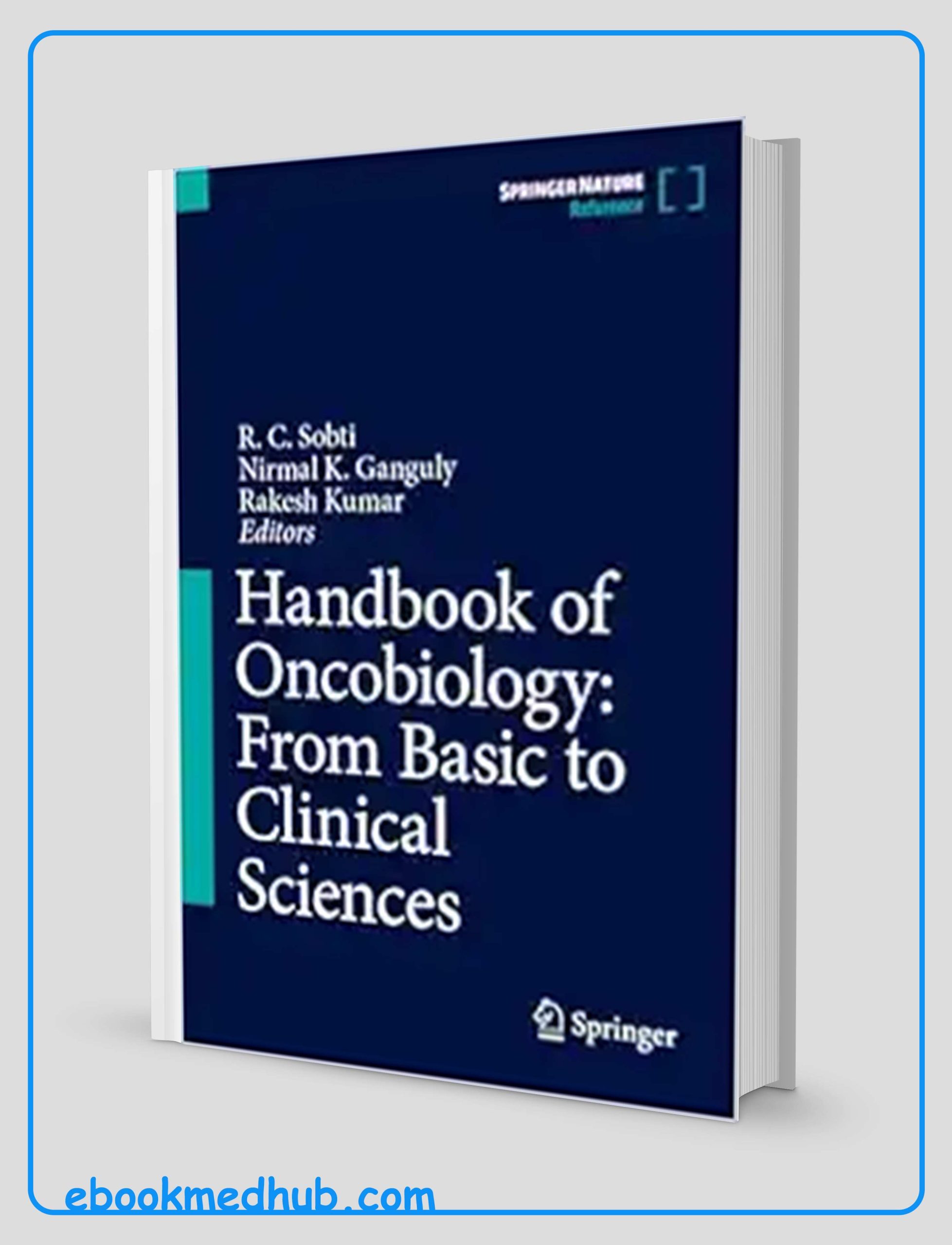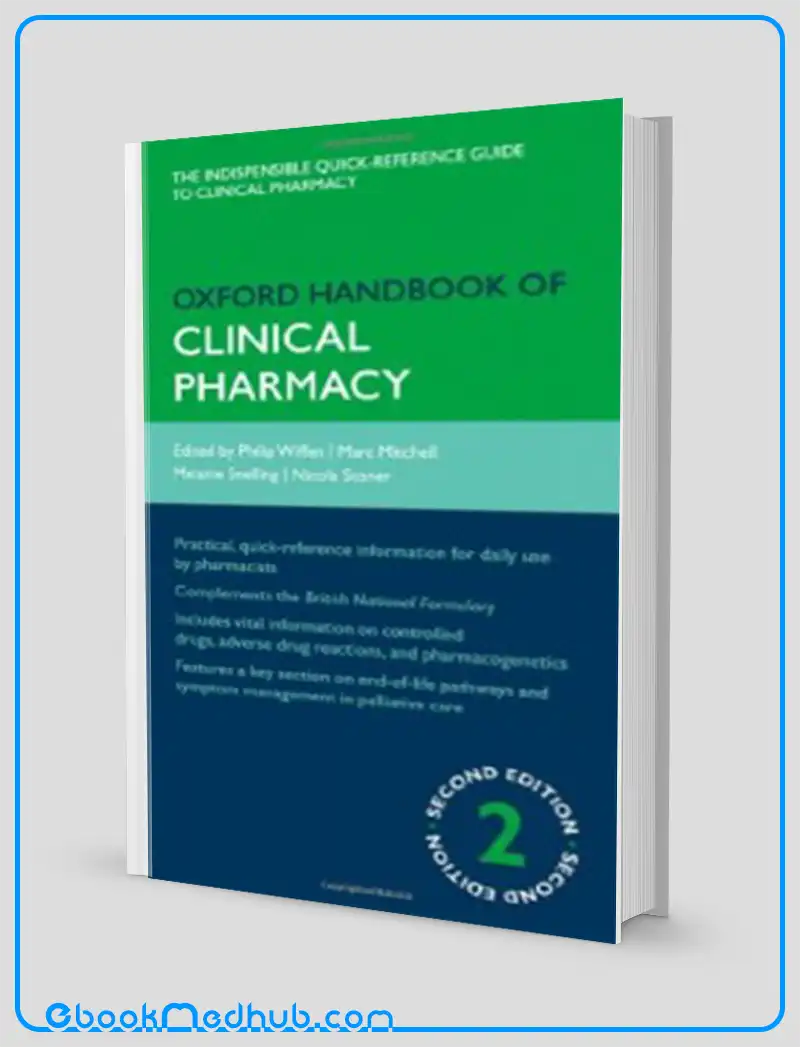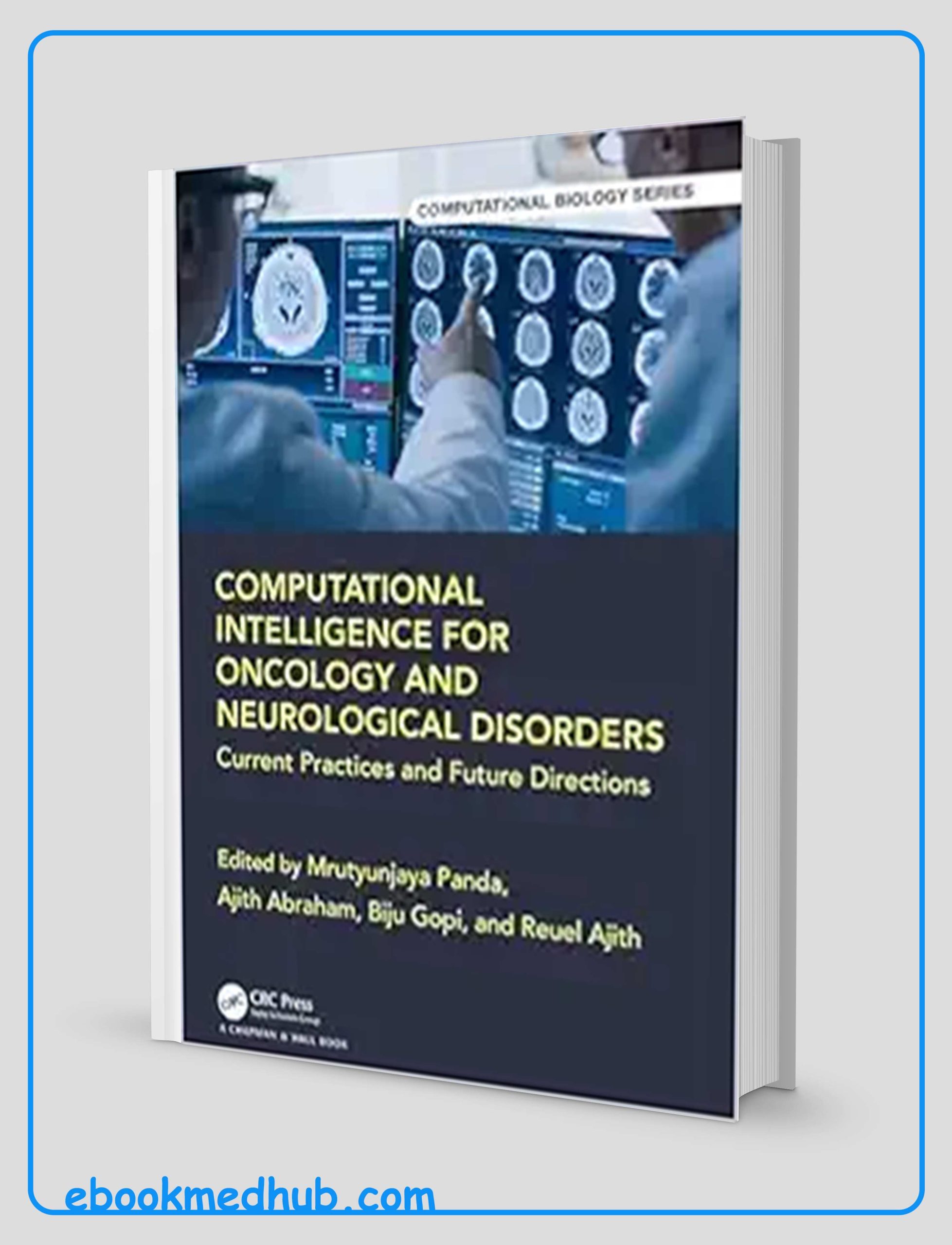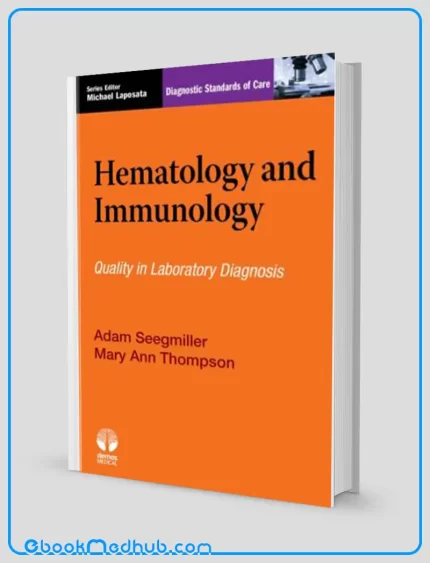Hematology
1. Introduction to Hematology:
Hematology, derived from the Greek words “haima” (blood) and “logos” (study), represents the scientific pursuit of understanding the intricate tapestry that is the circulatory system. At its core, hematology is more than a discipline; it is a holistic approach to comprehending the essence of life coursing through our veins. As we venture into the depths of hematology, we uncover not only the physiological intricacies of blood but also its profound implications for overall health and well-being.
The study of hematology is synonymous with peering into the very essence of life—blood. This vital fluid, coursing through arteries, veins, and capillaries, carries the secrets of our existence. Red blood cells, white blood cells, platelets, and plasma—each component plays a unique role in maintaining the delicate equilibrium required for optimal health. Hematology serves as a beacon, guiding us through the maze of these components, unraveling their functions, and shedding light on their interplay.
Significance of Hematology:
The study of hematology extends far beyond the mere observation of the crimson liquid that flows through our veins. Hematology is instrumental in understanding the composition of blood, a liquid tapestry that carries the essence of life. Red blood cells, white blood cells, platelets, and plasma are the characters in this intricate narrative, each playing a unique role in maintaining the delicate balance required for optimal health.
The significance of hematology becomes particularly apparent in its role as a diagnostic and therapeutic guide for a myriad of blood-related disorders. By unraveling the secrets hidden within the circulatory system, hematology provides insights into the causes, symptoms, and mechanisms underlying conditions such as anemia, leukemia, and thrombocytopenia. The profound impact of hematology on overall health is underscored by its ability to guide clinicians in tailoring precise interventions, thereby improving the quality of life for individuals affected by these disorders.
2. Anatomy and Function of Blood Components:
Composition of Blood:
Blood, often referred to as the river of life, is a complex fluid with distinct components, each serving a crucial purpose. Red blood cells, shaped like biconcave discs, are responsible for transporting oxygen from the lungs to tissues and organs, ensuring the body’s energy production. White blood cells, the vigilant defenders of the immune system, combat pathogens and maintain the body’s defense mechanisms. Platelets, tiny cell fragments, play a pivotal role in hemostasis, preventing excessive bleeding by forming blood clots. Plasma, the liquid component, serves as a medium for transporting nutrients, hormones, and waste products.
Physiological Functions:
The anatomy of blood components contributes to a myriad of physiological functions that sustain life. Red blood cells, laden with hemoglobin, bind and transport oxygen, facilitating cellular respiration. White blood cells patrol the bloodstream and tissues, identifying and neutralizing foreign invaders, thus playing a crucial role in immune defense. Platelets, in coordination with clotting factors, orchestrate the intricate dance of hemostasis, preventing hemorrhages and maintaining vascular integrity.
Understanding the anatomy and function of blood components is fundamental in hematology. It provides the necessary groundwork for comprehending the intricate mechanisms that govern the circulatory system and influence overall health.
3. Common Blood Disorders:
Anemia:
Anemia, a prevalent blood disorder, manifests as a decrease in the number of red blood cells or a deficiency in hemoglobin. Hematology plays a pivotal role in uncovering the multifaceted causes of anemia, including nutritional deficiencies, chronic diseases, or genetic factors. By elucidating the underlying mechanisms, hematology guides clinicians in formulating targeted interventions to alleviate symptoms and address the root cause.
Leukemia:
Leukemia, a form of blood cancer, arises from the uncontrolled proliferation of white blood cells. Hematology explores the genetic and environmental factors contributing to the development of leukemia. Through advancements in diagnostic techniques and treatment modalities such as chemotherapy and stem cell transplantation, hematology spearheads the fight against this formidable adversary.
Thrombocytopenia:
Thrombocytopenia, characterized by a low platelet count, disrupts the delicate balance of hemostasis, leading to an increased risk of bleeding. Hematology investigates the causes of thrombocytopenia, ranging from autoimmune disorders to medications and bone marrow disorders. By understanding these causes, hematologists tailor therapeutic approaches to restore hemostatic equilibrium.
4. Diagnostic Techniques in Hematology:
Complete Blood Count (CBC):
The Complete Blood Count (CBC) is a foundational diagnostic tool in hematology, providing a comprehensive assessment of blood components. It includes red and white cell counts, hemoglobin levels, and platelet counts. Hematologists use the CBC to gain valuable insights into the overall health of the circulatory system, facilitating the early detection of abnormalities and guiding subsequent diagnostic steps.
Bone Marrow Biopsy:
For a deeper understanding of blood disorders, particularly those affecting the bone marrow, hematologists employ bone marrow biopsy. This procedure involves the extraction of a small sample from the bone marrow, allowing hematologists to assess cellularity, morphology, and the presence of abnormal cells. Bone marrow biopsy is instrumental in diagnosing and monitoring conditions such as leukemia and myelodysplastic syndromes.
Coagulation Tests:
Coagulation tests, including prothrombin time (PT) and activated partial thromboplastin time (aPTT), assess the clotting mechanisms in the blood. These tests are crucial in diagnosing clotting disorders such as hemophilia and monitoring patients on anticoagulant therapy. Hematology utilizes coagulation tests to tailor interventions that maintain the delicate balance between bleeding and clotting.
5. Hemostasis and Coagulation Disorders:
Blood Clotting Mechanisms:
Hemostasis, the process that prevents and stops bleeding, relies on the coordinated effort of platelets and clotting factors. Hematology unveils the intricate dance of blood clotting, from vasoconstriction and platelet adhesion to the formation of the fibrin mesh. This orchestration ensures the cessation of bleeding while maintaining the fluidity of blood within vessels.
Hemophilia:
Hemophilia, a hereditary bleeding disorder, is characterized by deficiencies in clotting factors, particularly Factor VIII (hemophilia A) or Factor IX (hemophilia B). Hematology delves into the genetic basis of hemophilia, exploring the mechanisms underlying inadequate clot formation. Treatment modalities, including factor replacement therapies, are tailored by hematologists to restore hemostatic balance and prevent excessive bleeding.
Deep Vein Thrombosis (DVT):
Deep Vein Thrombosis (DVT) represents a coagulation disorder where blood clots form within deep veins, often in the legs. Hematology investigates the predisposing factors, such as genetic mutations, immobility, or surgery, contributing to DVT. The understanding of these factors guides clinicians in implementing thromboprophylaxis strategies and managing this potentially life-threatening condition.
6. Blood Transfusions and Hematology Care:
Indications for Blood Transfusions:
Blood transfusions play a vital role in hematology care, addressing conditions where the blood’s oxygen-carrying capacity is compromised, such as severe anemia or hemorrhage. Hematology guides clinicians in identifying the indications for blood transfusions, ensuring timely interventions to restore circulatory equilibrium.
Compatibility Considerations:
Hematology care extends to meticulous consideration of blood compatibility to prevent transfusion reactions. Matching ABO and Rh blood groups, along with additional compatibility testing, is crucial to ensure the safety and efficacy of blood transfusions. Hematologists play a pivotal role in advocating for personalized care based on individual patient needs.
Role of Hematology Specialists:
Hematology specialists emerge as guardians of circulatory harmony, overseeing safe and effective transfusion practices. Their expertise extends beyond blood compatibility, encompassing the management of complex blood disorders. Hematology specialists guide patients through tailored treatment plans and therapeutic interventions, ensuring the highest standard of care.
7. Hematopoietic Stem Cell Transplantation:
Indications for Transplantation:
Hematopoietic stem cell transplantation (HSCT) stands as a transformative procedure in hematology, often reserved for cases where conventional treatments are insufficient. Indications for transplantation include hematological malignancies, certain genetic disorders, and bone marrow failure syndromes. Hematology navigates the decision-making process, ensuring optimal outcomes for eligible patients.
Transplantation Process:
The journey of hematopoietic stem cell transplantation involves several intricate steps, each requiring meticulous planning and execution. Hematology specialists oversee the harvesting of stem cells, conditioning regimens to prepare the recipient’s body, and the infusion of stem cells to initiate hematopoietic regeneration. The transplantation process is a testament to the collaborative efforts of hematologists and other medical professionals.
Impact on Treating Blood-Related Disorders:
Hematopoietic stem cell transplantation has a profound impact on treating various blood-related disorders, offering a chance for cure or prolonged remission. Hematology contributes to ongoing research, refining transplantation techniques, expanding donor pools, and exploring innovative approaches such as gene therapy. The continued advancements in transplantation herald a promising future for individuals facing complex blood disorders.
8. Pediatric Hematology:
Common Blood Disorders in Children:
Pediatric hematology unfolds a distinct landscape, recognizing the unique challenges posed by blood disorders in children. Conditions such as sickle cell anemia and hemophilia manifest differently in pediatric populations, necessitating specialized approaches to diagnosis and management. Hematology in pediatrics is characterized by a holistic understanding of the developing physiology and emotional needs of young patients.
Specialized Care by Pediatric Hematologists:
Pediatric hematologists play a crucial role in providing specialized care to children with blood disorders. Their approach encompasses not only medical interventions but also addresses the emotional and developmental aspects of pediatric patients. By tailoring interventions to the specific needs of children, pediatric hematologists contribute to holistic care, ensuring the best possible outcomes for young patients.
9. Thalassemia and Genetic Blood Disorders:
Genetic Basis of Thalassemia:
Thalassemia, a genetic blood disorder characterized by abnormal hemoglobin production, exemplifies the intersection of hematology and genetics. Hematology delves into the genetic mutations affecting hemoglobin synthesis, unraveling the complexity of thalassemic conditions. Understanding the genetic basis guides hematologists in developing targeted therapies and interventions to manage thalassemia.
Ongoing Research and Treatments:
Hematology stands at the forefront of ongoing research, particularly in the realm of genetic blood disorders. Thalassemia, along with other hereditary conditions, is the subject of innovative investigations aimed at developing gene therapies and targeted treatments. Hematology contributes to collaborative efforts across disciplines, paving the way for personalized and precision medicine approaches in managing genetic blood disorders.
10. Hematology and Oncology:
Relationship Between Blood Disorders and Cancers:
The intersection of hematology and oncology unveils the intricate relationship between blood disorders and cancers. Hematologists collaborate with oncologists to decipher shared pathways, genetic alterations, and molecular mechanisms. Conditions such as lymphoma and leukemia bridge the gap between hematological disorders and cancer, highlighting the integrated approach required for their diagnosis and treatment.
Collaborative Approaches in Treating Hematological Malignancies:
Hematology and oncology converge in the treatment of hematological malignancies, exemplifying a collaborative and multidisciplinary approach. Chemotherapy, immunotherapy, and targeted therapies are seamlessly integrated into treatment regimens. Hematology contributes to the evolving landscape of precision medicine, tailoring interventions based on the molecular characteristics of malignancies. The collaborative efforts of hematologists and oncologists ensure that individuals facing hematological cancers receive comprehensive and cutting-edge care.
11. Conclusion:
In conclusion, hematology is not merely a scientific discipline; it is a lifeline that intricately connects with the very essence of life. Its role in understanding and treating blood-related disorders is unparalleled, shaping the landscape of modern medicine. The collaborative and multidisciplinary nature of hematological care ensures that patients receive holistic and personalized treatments, emphasizing the importance of circulatory equilibrium in overall health.
Advancements in hematology, from diagnostic techniques to transformative procedures like hematopoietic stem cell transplantation, reflect the tireless pursuit of knowledge and innovation. The ongoing research in genetic blood disorders and the nuanced care provided by pediatric hematologists exemplify the commitment of the hematology community to tailoring interventions to the unique needs of each patient.
As we navigate the complexities of blood and its disorders, hematology stands as a beacon of hope, a guardian of circulatory equilibrium, and a pioneer in the pursuit of optimal health. Individuals managing blood disorders find solace in the collaborative efforts of hematologists, who continue to advance the field, unraveling new chapters in the intricate story of blood and life. Hematology, with its unwavering commitment to understanding, treating, and advancing, paves the way for a future where circulatory harmony prevails, and individuals facing blood-related disorders find renewed hope and vitality.






